The Botany of Imperialism
Sometime a great tree can grow from a tiny seed, and sometimes a bloody great weed.

The Chelsea Physic Garden has been collecting and cultivating medicinal and useful plants since 1673, and has been responsible for some of each. The garden occupies almost four acres of some of the most desirable real estate in London, just across the road from the River Thames. They pay a rent of five pounds a year for this, a figure that was set in 1712 by Sir Hans Sloane, and is still paid to his descendants. Sloan was the man who brought the recipe for milk chocolate from Jamaica to England, and sold it to Cadbury’s.

I would have to rate that as a mighty tree. Another great success story was the start of the biodiversity movement, when in 1682 the director of the garden John Watts, arranged to trade seeds and plant specimens with the Leiden University Botanic Garden. The staff of the garden also pioneered the use of quinine to treat malaria, thus creating the gin and tonic.
However, the garden advanced British imperialism in various ways. In the mid 1800s a botanist from the garden staff, Robert Fortune, learned Mandarin and disguised himself as Chinese to explore the interior of China (which was then forbidden to foreigners) in order to collect samples of tea plants. These were transferred to India, and started tea cultivation there. In the same way they introduced rubber plants to Malaysia, which became one of the the world’s largest rubber producers.
Our guide on the garden tour was herself a product of the empire. A elderly white lady with a very upper class accent, she told us, “I’m from Africa, but I grew up in India.” When moving the group from place to place, she enjoined us to, “Gallop along! Gallop along!” I could imagine her saying the same thing to a caravan of elephants plodding through the Indian jungle, if there is any jungle left in India.
Perhaps the most sinister achievement of the Chelsea Physic Garden, though, was the introduction of cotton to North America. They sent the first cotton seeds to the newly founded colony of Georgia. However, cotton cultivation was labor intensive, so the result was the slave trade and the racism that poisons American society to this day. That has to rate as a bloody great weed.
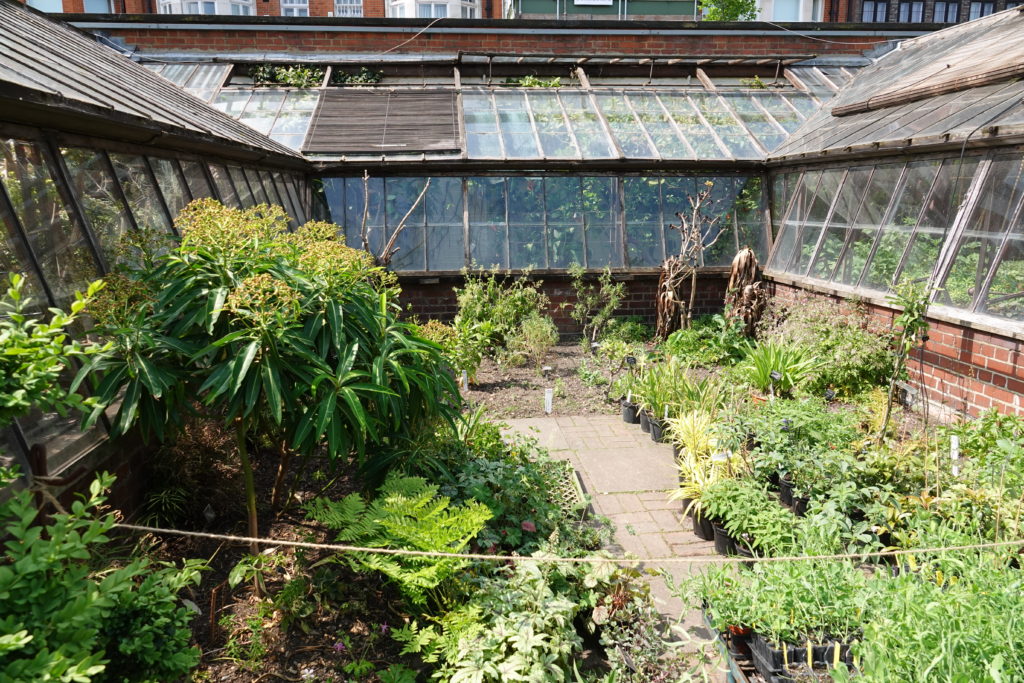

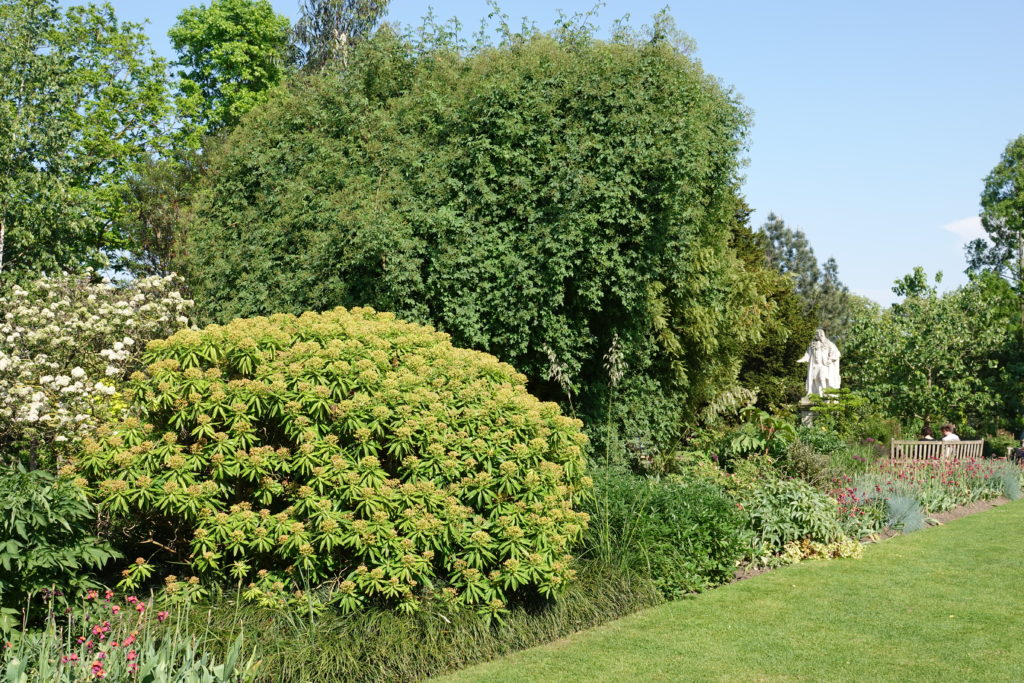
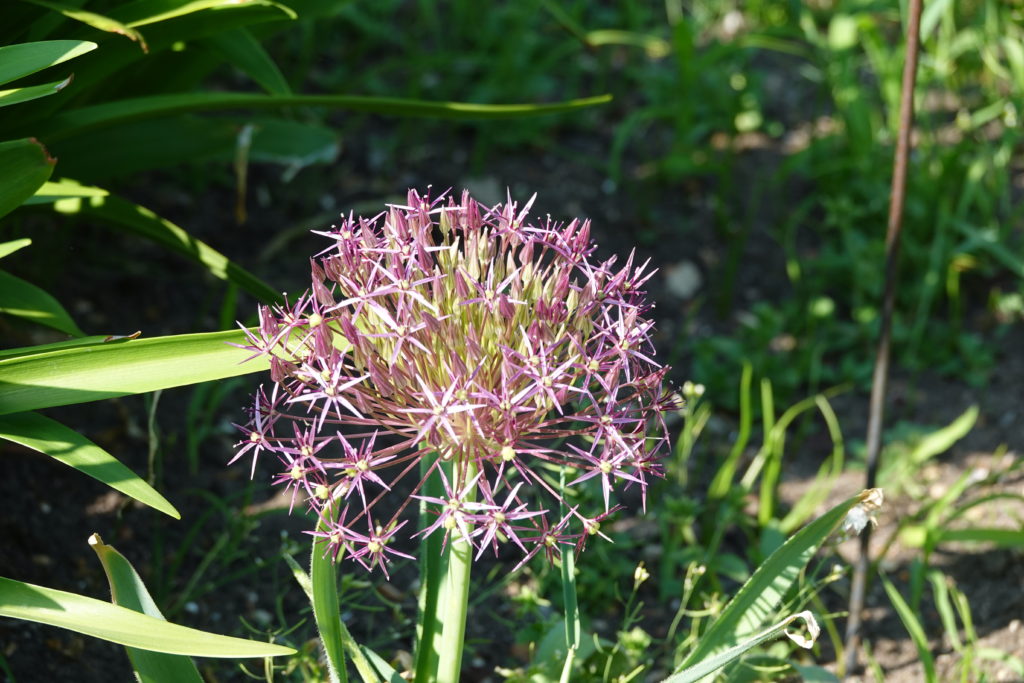
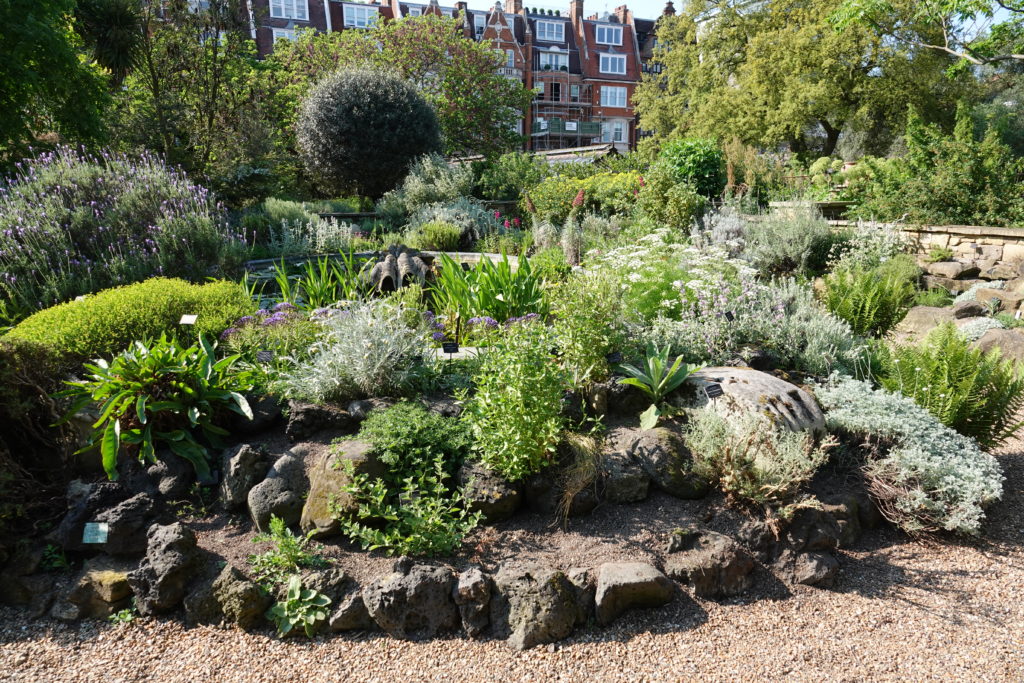
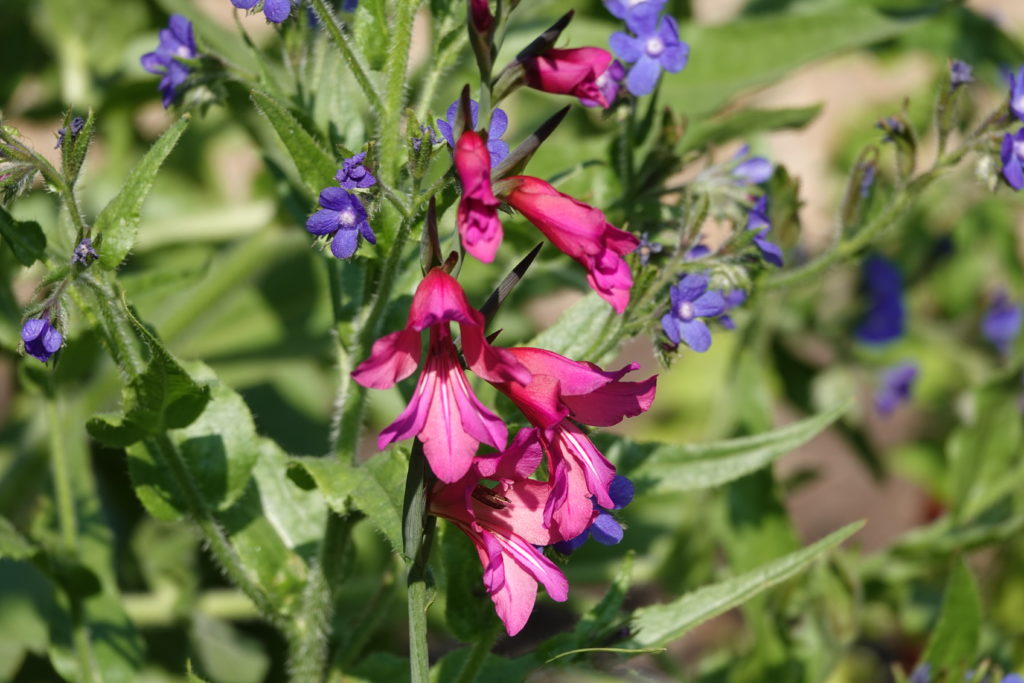
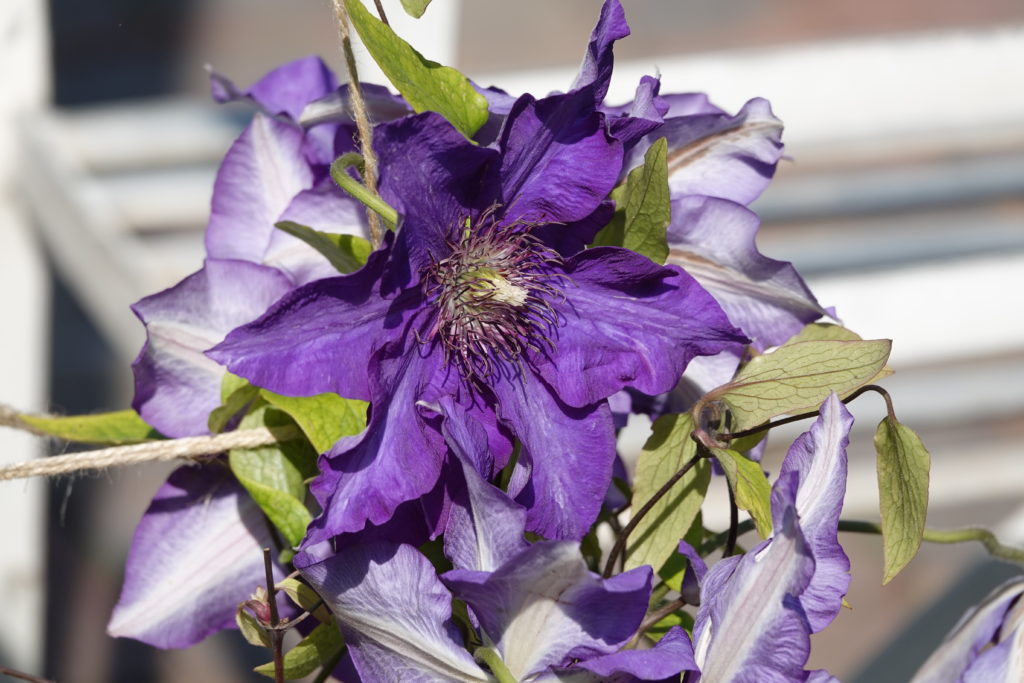


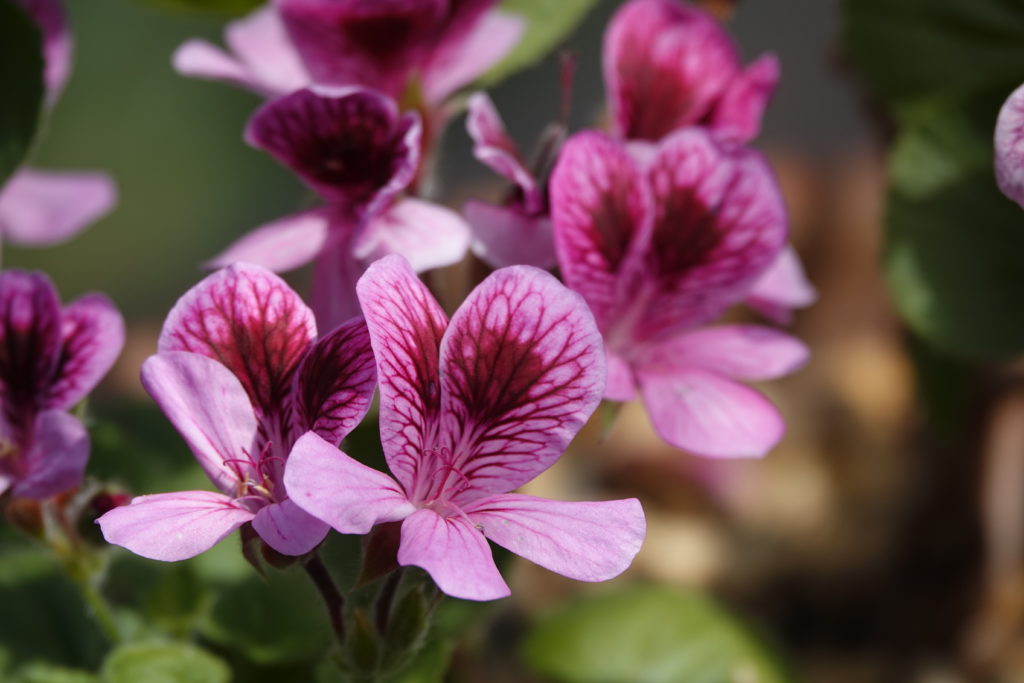
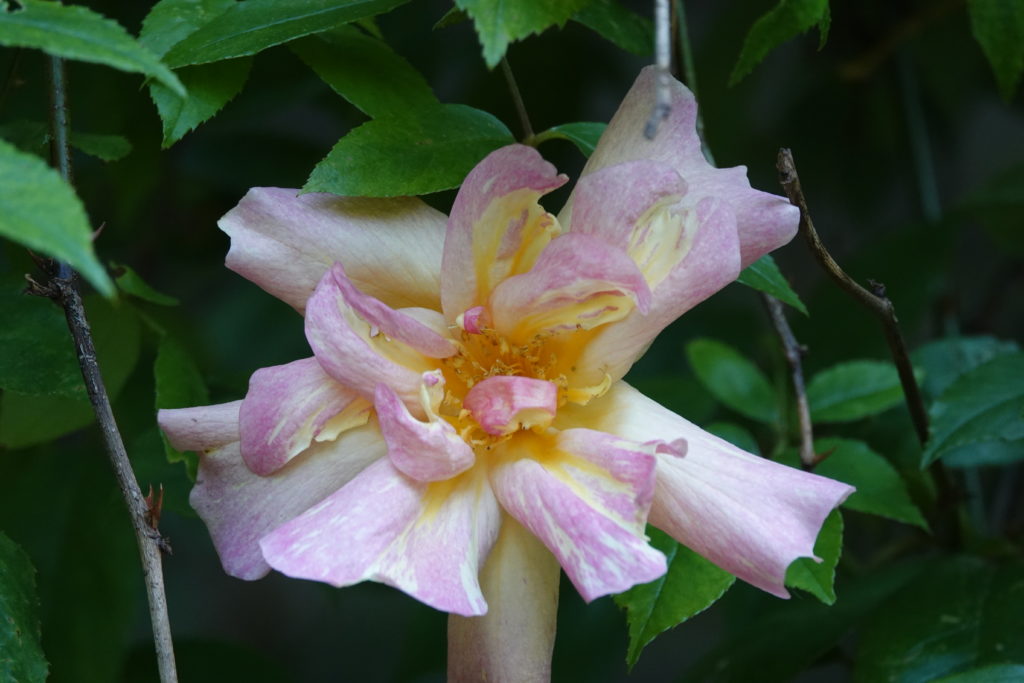
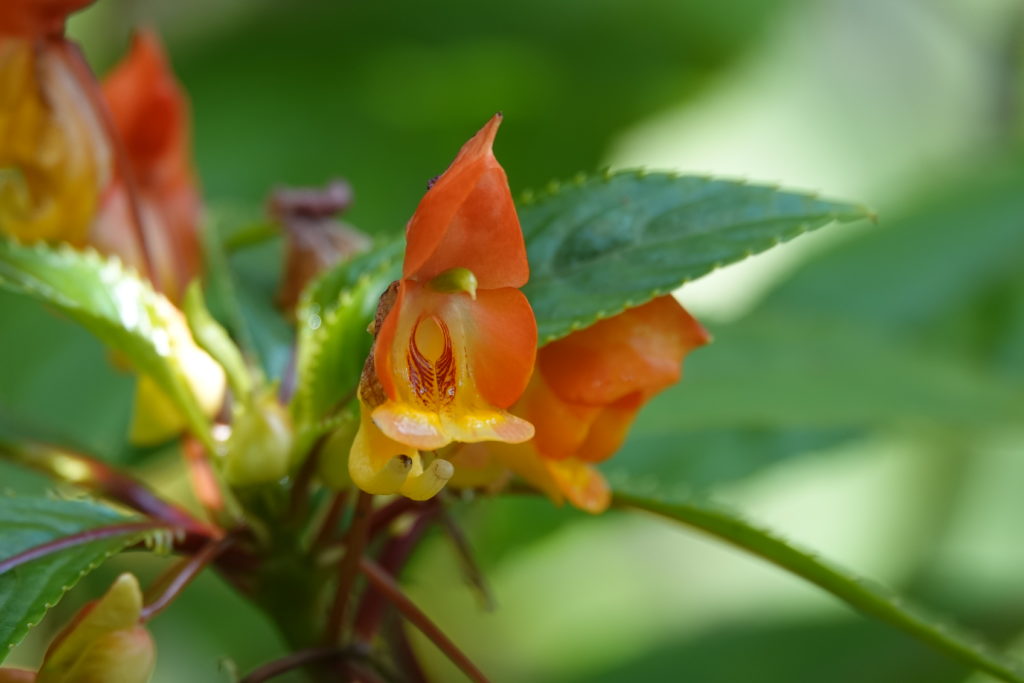
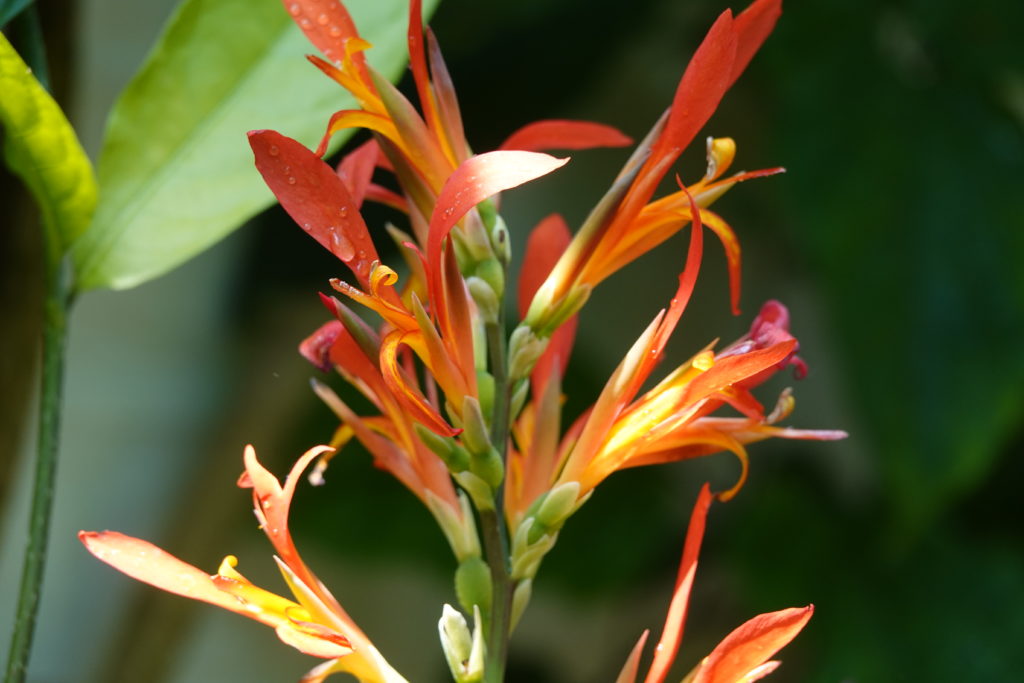

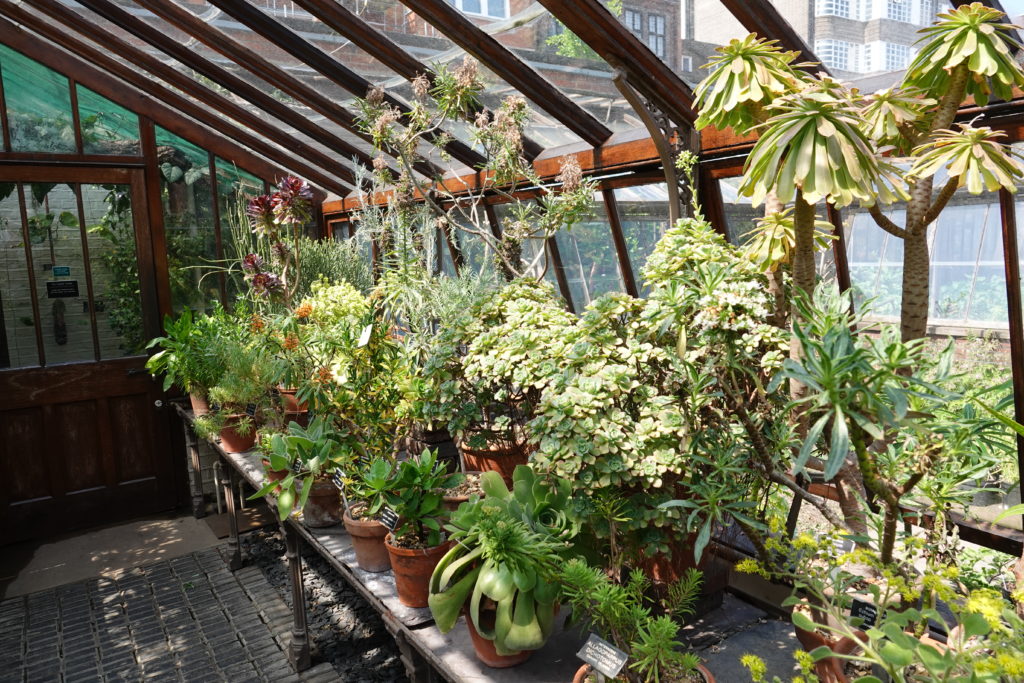


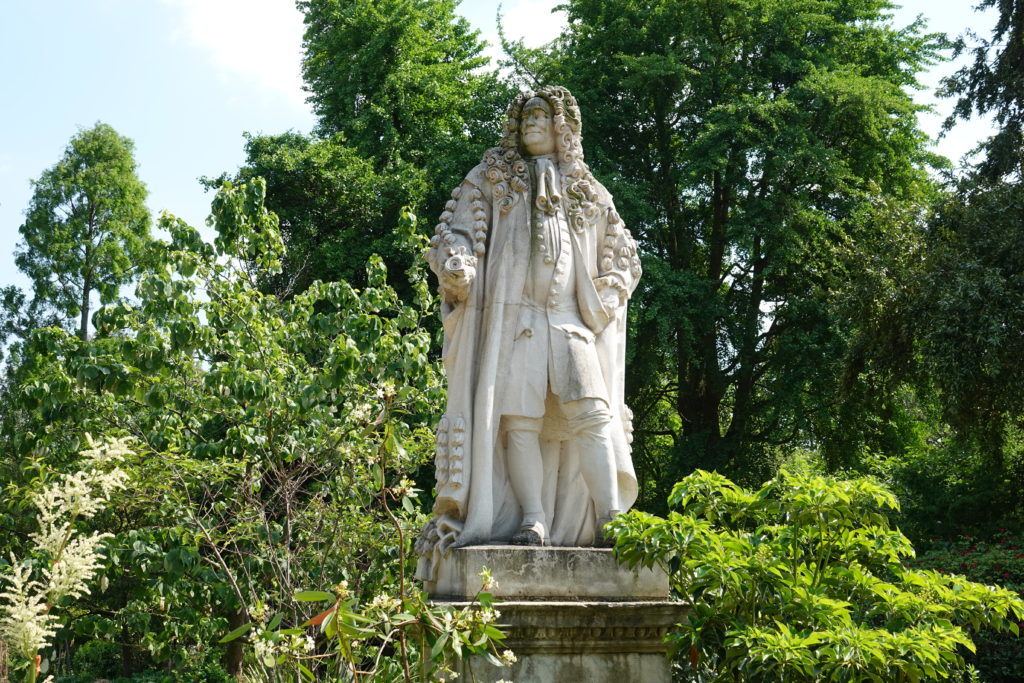

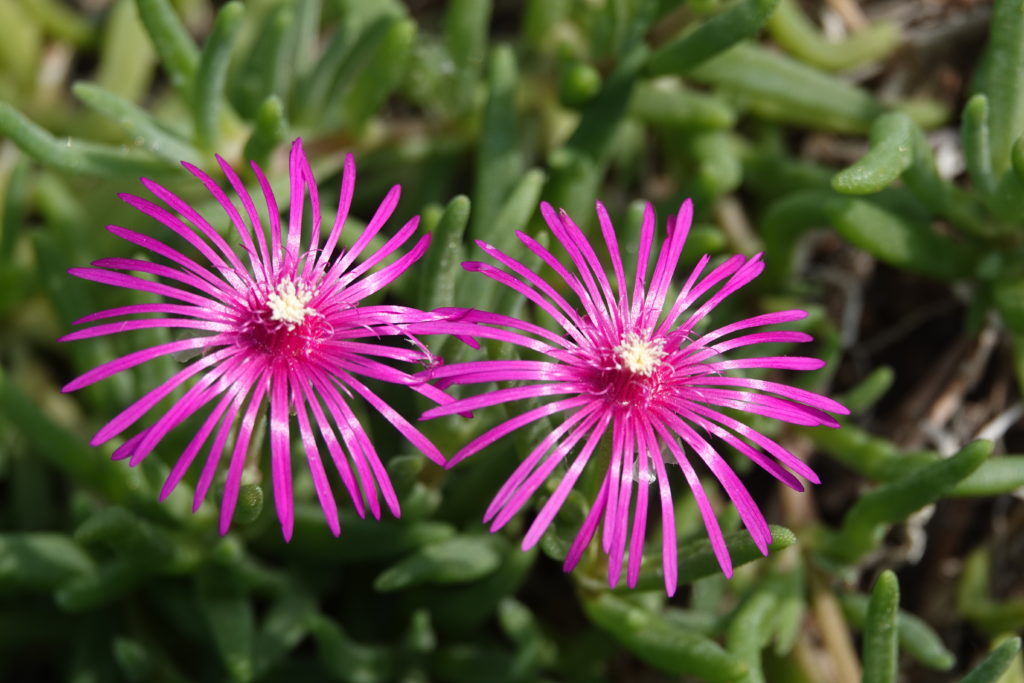
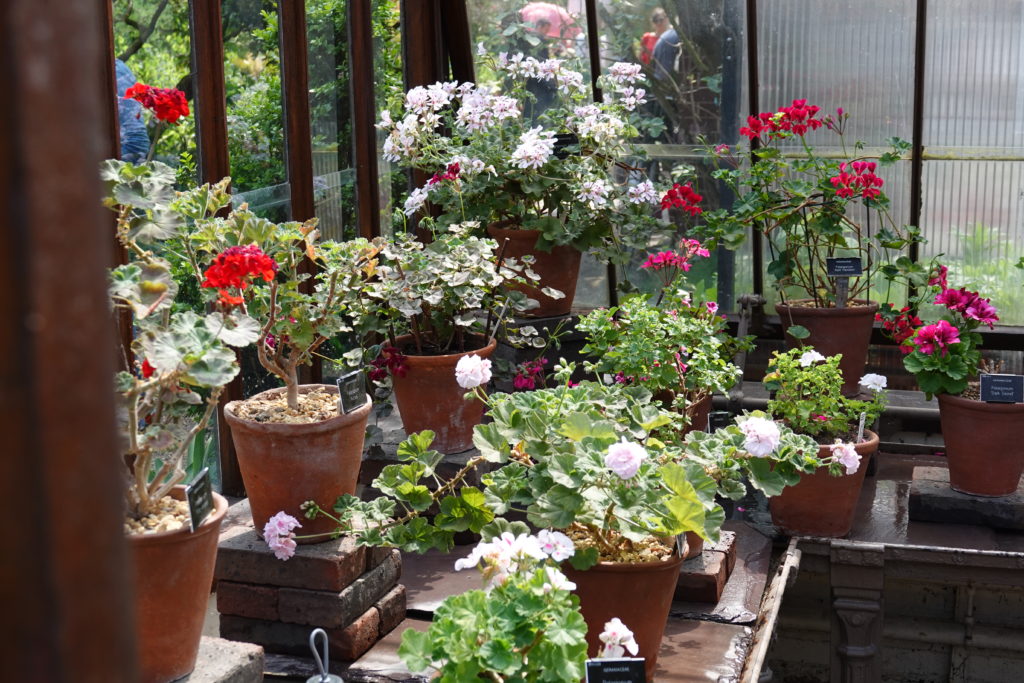
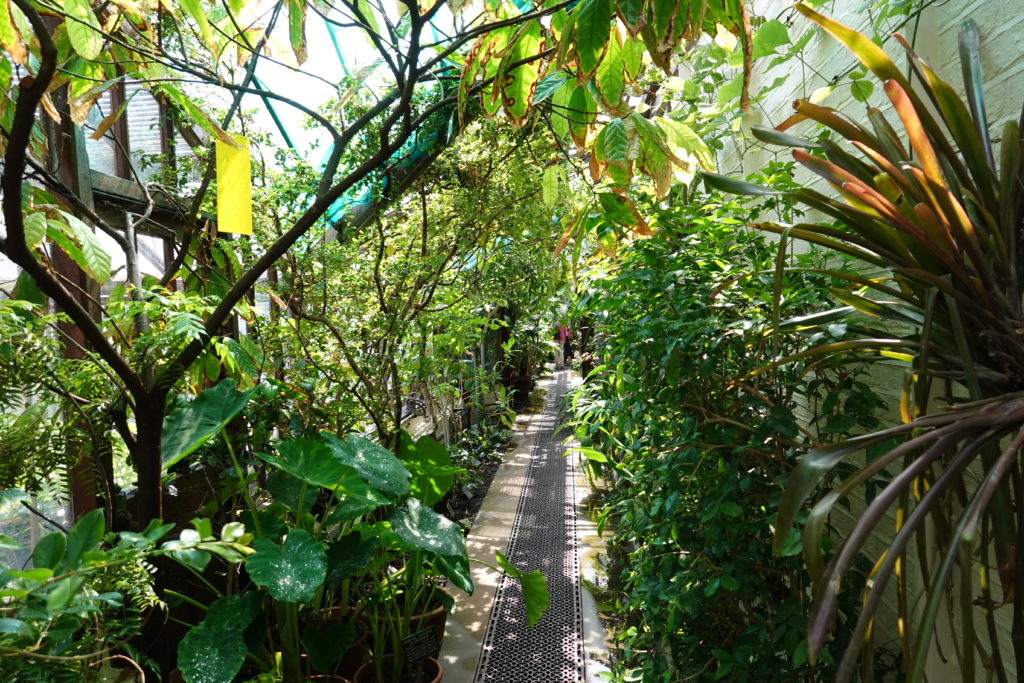

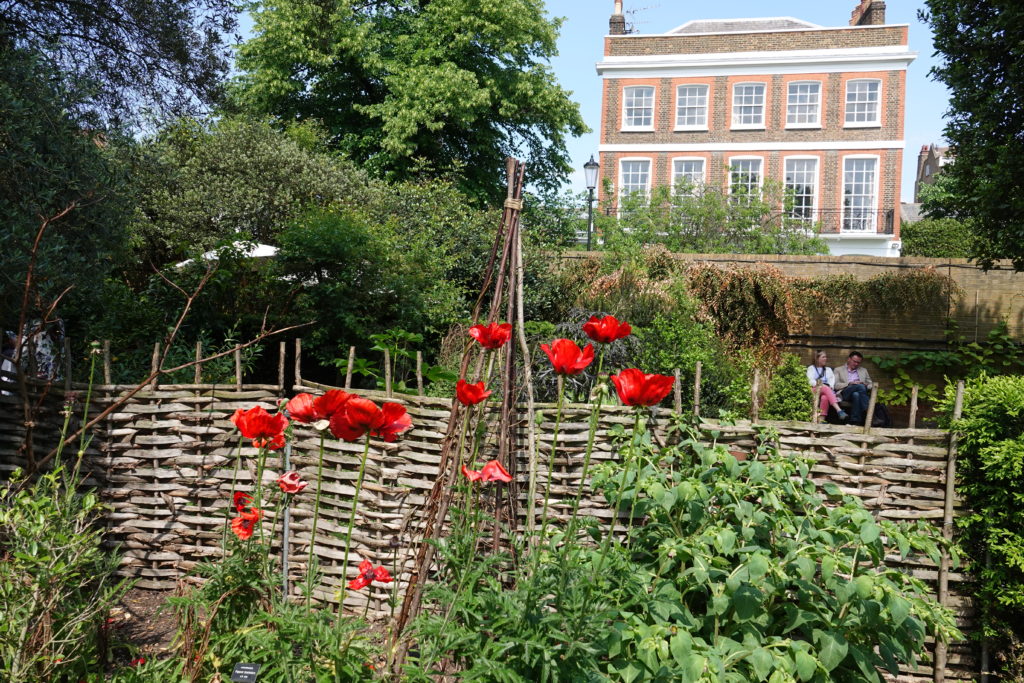

2 thoughts on “The Botany of Imperialism”
Looks like the season is a little more advanced than I would have thought. Has London had a warm spring? I really enjoyed this post.
It’s been warm for the past week or so certainly, but the Physic Garden is walled, south facing, and close to the river, so it has a very mild microclimate climate there. They have the most northerly outdoor fruiting grapefruit tree in the world.